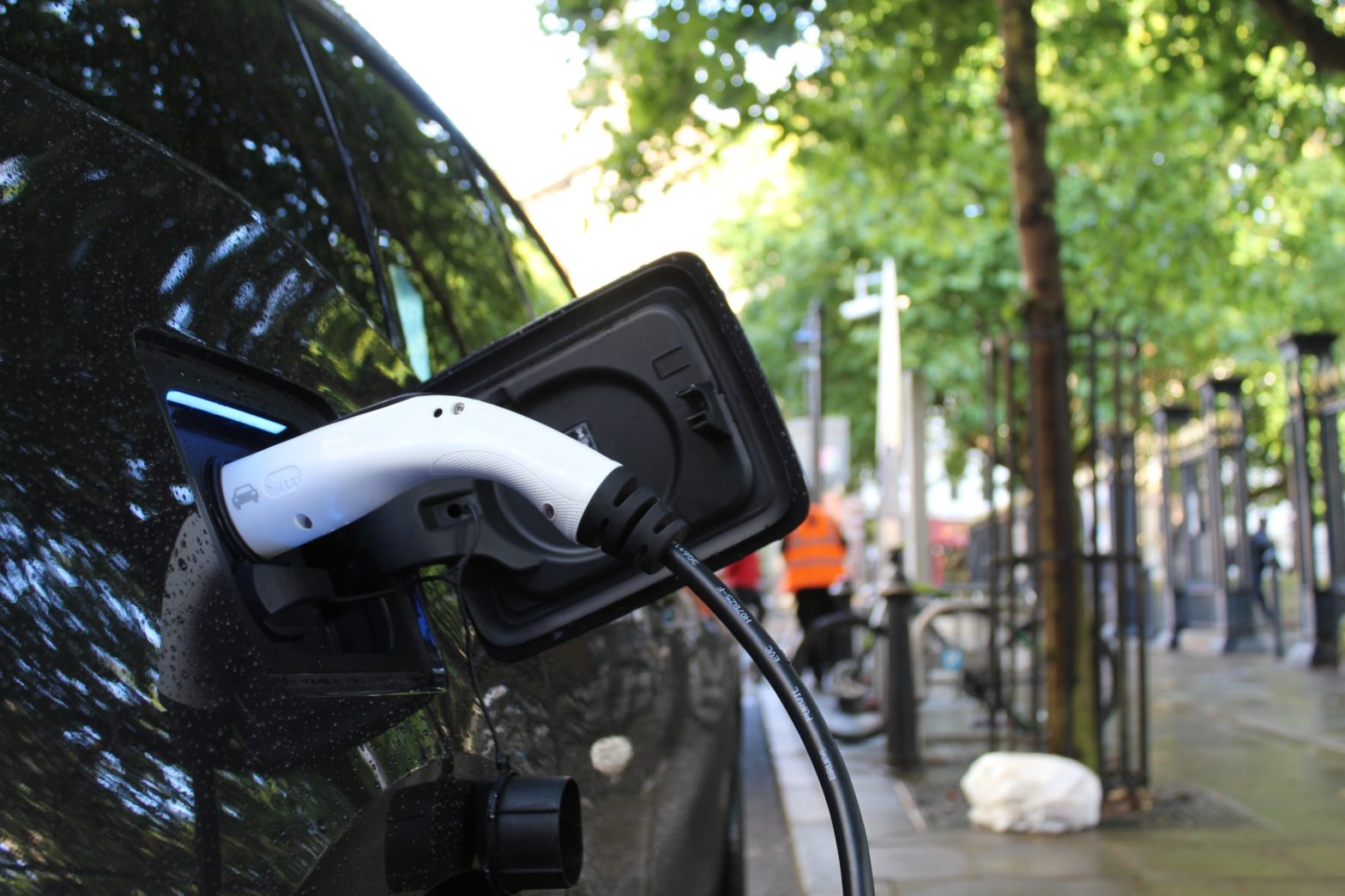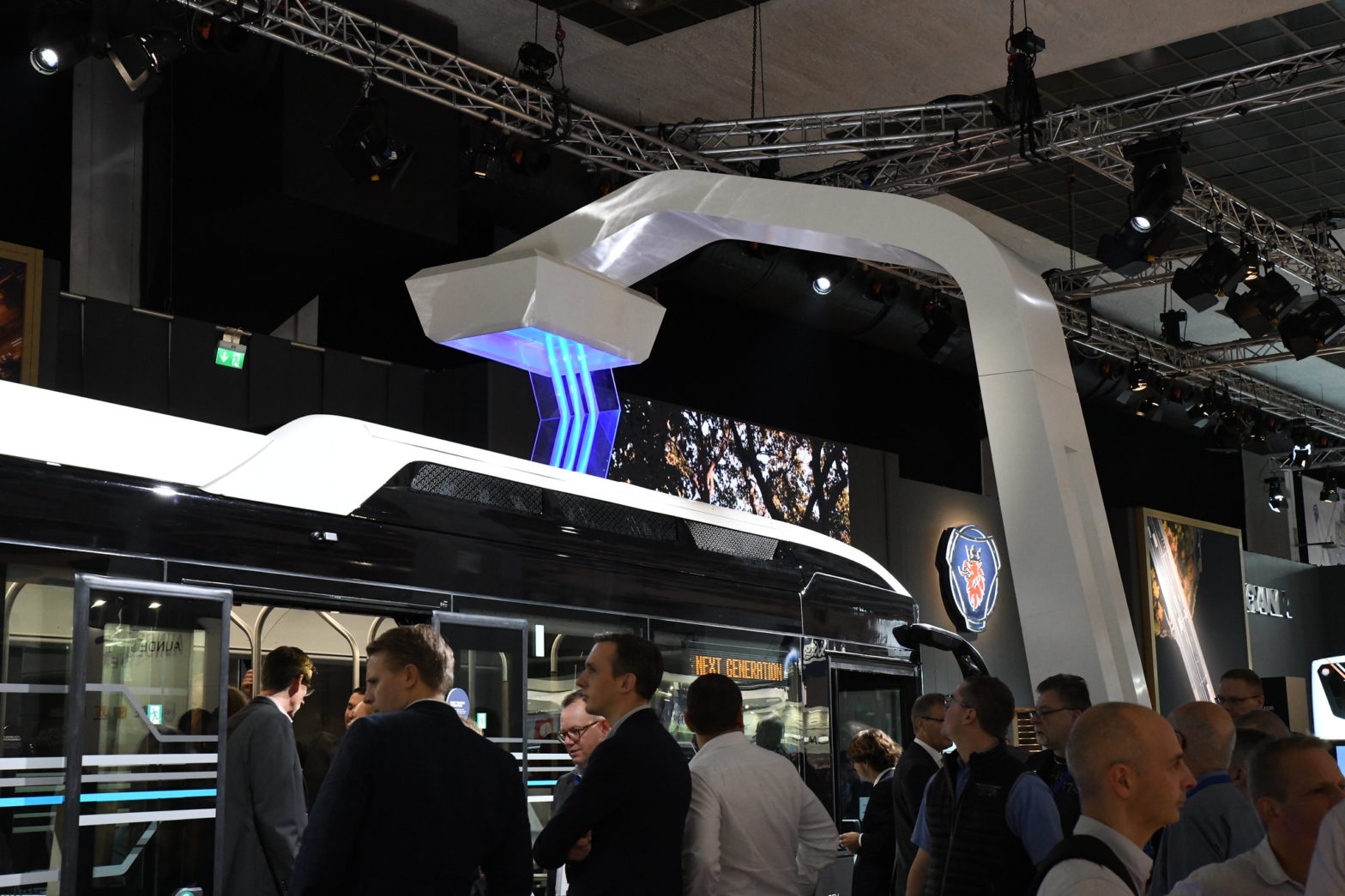
Photo: Andrew Roberts/Unsplash
Smart infrastructure: charging on the move
08 February 2022
Innovation is the name of the game. It always has been in any sector of traffic and transport technology, but over the past two years innovators have had something of a field day. Anyone who attended the ITS World Congress in Hamburg couldn’t fail to be impressed with just how much progress has been made in certain sectors of the industry – it wasn’t too long ago that the idea of an urban air logistics drone was considered “fanciful” and yet German firm VoloCopter were demonstrating exactly that.
But as far as road infrastructure goes, is there a limit? Infrastructure is infrastructure, right? Wrong. The technological revolution that is happening all around also includes giant leaps forward in the development of simple, or not so simple, roadways.
“The technological revolution in terms of communication between vehicles and infrastructure will determine the future design of roads, which will necessarily have to adapt to the new reality,” says César Bartolomé, Director for Innovation at IECA (the Spanish Institute of Cement and its Applications).
“Electric vehicles, autonomous vehicles and cooperative driving have different infrastructure requirements that must be integrated for joint use.
“Cooperative driving requires the use of new technologies that must be housed within the infrastructure in an efficient and practical way so it is necessary to have a durable infrastructure that offers structural and long-term protection.”
One could argue that what we’re aiming for is the best of both worlds, where highly intelligent technology lives alongside, if not inside, traditional transport infrastructure.
“The infrastructure has to protect the technology that has a high added value and costs, while allowing access for repair and upgrade,” Bartolomé added.
“In this sense, pavement and safety barriers must function as service galleries where high-technology devices may be embedded. There is high divergence in the relative development velocities of technology and infrastructure, and it is necessary to combine and align both.”
The electric vehicle is changing the nature of our roads
One aspect of smart infrastructure innovation that has been gaining traction (almost literally) and garnering attention is the electrification of our roads and highways as an alternative to static EV charging solutions.
“Charging stations with fixed electrical outlets can charge batteries when electric vehicles are parked in public space but it is insufficient for regular unplanned trips or for vehicle fleet operators, such as taxis or buses,” Bartolomé explains.
“These difficulties are exacerbated in the case of road transport vehicles, where stops have a direct impact on the service provided. It is also clear that both this type of vehicle and road freight vehicles cannot make stops beyond those established by regulations, and neither is it operationally desirable to wait long enough for the battery to be sufficiently charged.”
eHighways on the way
Step forward the concept of the electrified road. “The answer to these problems can be provided by eRoads, where the vehicles receive the necessary electric energy while driving without the need to stop,” he says. “The concept of dynamic charging is still in development, but some test sections have already been built with positive results.”
Siemens built the first section of “eHighway” in the US in 2014 and it comprised of hybrid heavy vehicles combined with intelligent energy collectors powered by catenaries, a system of overhead wires used to supply electricity to trains, trams, light rail vehicles or trucks that are equipped with a pantograph.
“Although the results from subsequent tests in California and Sweden were largely positive, the system presented the disadvantages of catenary-based methods, such as visual intrusion, occupation of lateral space, gauge limitations in existing tunnels, possible acts of vandalism, protection against vehicle crashes, and so on,” Bartolomé added.
In-motion electric vehicle charging
Wireless, in-motion charging systems can change the game as they are based on inductive transmission of energy. There is a coil inside the pavement where an electromagnetic field is created that reaches a pad or plate placed on the underside of the vehicle. There is a reciprocal coil in the vehicle plate, in which electrical current is induced, thanks to the electromagnetic field emanating from the coil road plate, thus charging the battery.
The accelerated changes taking place in intelligent transport systems, and especially in the fields of autonomous, electric and cooperative driving, offer new opportunities to rethink the role and concept of road infrastructure and its possible contribution to transport efficiency and sustainability.
“These new infrastructures will have to meet a set of requirements: to be able to withstand concentrated loads typical of autonomous systems; to maintain surface characteristics in the long term; and to equip the road with redundant steering and safety systems,” added Bartolomé.
“This means the placement of multiple embedded sensors, which at the same time must be practicable for maintenance or replacement.”
Continuous, non-stop, in-motion EV charging? It’s the future.
More information is available on www.intertraffic.com








